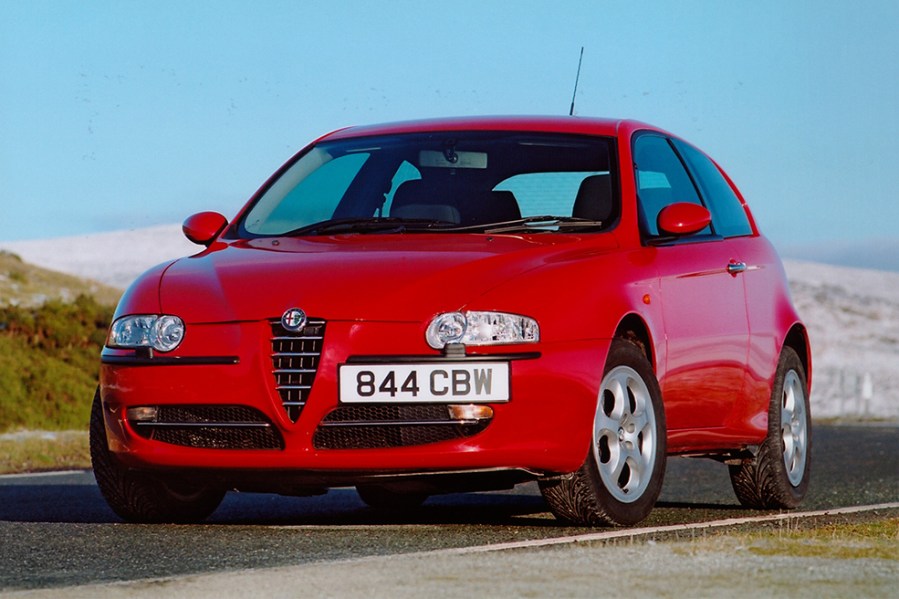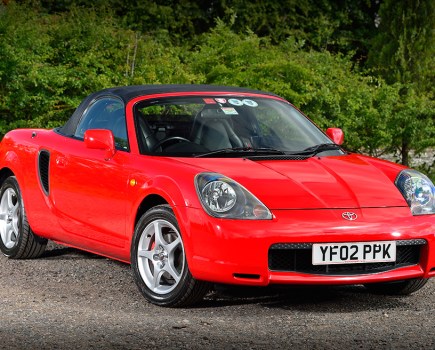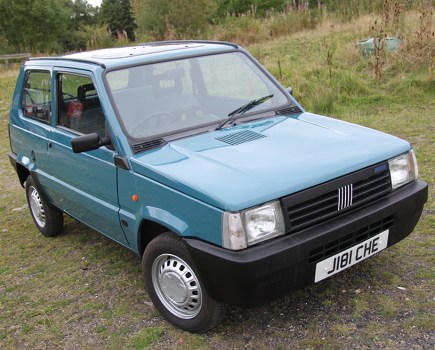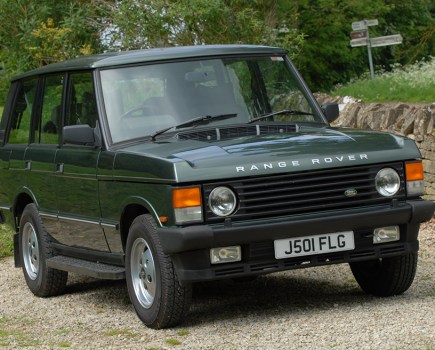Stylish, great to drive and powered by fantastic engines, the Alfa Romeo 147 is a great modern classic – and now’s the time to buy
Images: Alfa Romeo
When the stylish Alfa Romeo 156 appeared in 1997 it marked something of a turnaround for its Italian maker, and the need to replace the older 145/146 hatchbacks resulted in the car we have here. Launched at the 2000 Turin Motor Show, the 147 featured a slick design that had been overseen by Walter da Silva while underneath it borrowed a platform from the aforementioned 156. That was no bad thing as it meant that Alfa’s new model benefitted from a range of punchy engines that were allied to lively handling.
The range of petrol engines started with a 1.6-litre Twin Spark unit with up to 120bhp, while the 2.0-litre unit was usefully more powerful with a 0-62mph time that dipped below ten seconds. Diesels were also on offer with 1.9-litre units offering various power outputs.
Topping the Alfa Romeo 147 range was the GTA which arrived in 2002, around 5000 of which were made with each getting the superb 3.2-litre V6 engine turning out 247bhp and paired to a six-speed manual or robotised-manual Selespeed transmission; 0-62mph was despatched in just 6.3 seconds.
The main trims were Turismo and Lusso with the latter notably plusher inside, and by 2004 it was time for a facelift with the 147 receiving a smoother front-end appearance along with revisions to the suspension and interior. A few different variants followed, including a Sport model for the UK and the Collezione edition and production ended in 2010 after 651,000 had been made.

Bodywork
Given that any Alfa Romeo 147 is going to be comfortably more than a decade old it makes sense to spend plenty of time scrutinising the bodywork. A galvanised shell should have prevented major rot from breaking through, but take a good look at the extremities of the panels and around the wheelarch lips just in case.
Previous damage that’s been poorly repaired obviously poses more of a corrosion risk, so ensure you’re happy that nothing worrying lurks in the car’s past. Paintwork quality also needs to be considered, so look for the usual signs of mismatches and over-spray and bear in mind that red paint can be prone to fading. And while we’re on the subject of rust it’s important to get a good look underneath; the footwells and floor pan need a thorough examination – if it’s really taken hold the car may be beyond saving.
And while you’re under there be sure to establish the integrity of the front sub-frame – light surface corrosion is to be expected but if it’s anything worse you can find good used ones or around £150. Other than that it’s a case of looking for damaged bumpers, mirrors and light units although sourcing second-hand replacements isn’t too difficult.
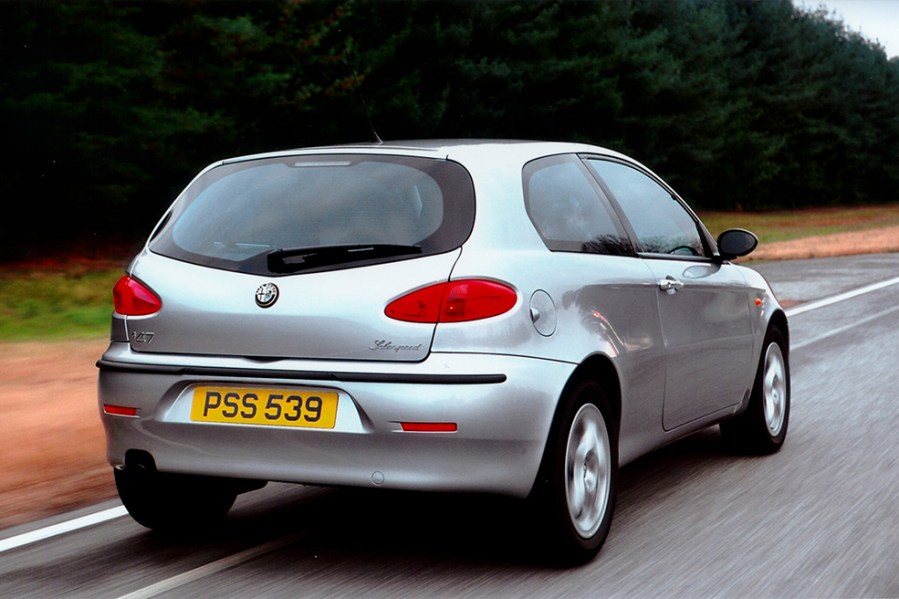
Engine and transmission
Maintain any Alfa Romeo 147 engine properly and all should prove long-lasting, so a comprehensive service history will give peace of mind. Assuming there’s no obvious signs of neglect the main point to check is that cam belts have been replaced on time; the original interval for Twin Sparks was 72,000 miles/five years (shorter for the GTA) but that was reduced to 36,000 miles/three years so check for evidence this has been adhered to.
Replacing the water pump at the same time is advisable and consider renewing the cam variator as they get a bit rattly; the cost of all this will soon add up, and being more involved on the GTA’s V6 it can result in a four-figure bill at a specialist. Twin Spark engines get through a bit of oil – a litre every 1000 miles or less – and 10W60 is the correct brew so check the level on a potential purchase, and ensure that spark plug changes haven’t been missed.
The V6 can leak oil from the engine and gearbox, so that’s worth looking for, and on all models use the test drive to check for lumpy running or a wavering idle. Ailing coil packs, injectors and air-flow meters are common culprits and a diagnostic session may be needed to establish the root cause of any issues.
Tempted by a diesel? Performance is punchy and they are usefully frugal, so it’s mainly just a matter of ensuring there are no faults with the turbo or EGR valve. There were a few fuel system-related recalls for the 147 too, so ensure these have been attended to.
The manual gearboxes aren’t inherently problematic but hard use will take its toll, with whining bearings and weak synchromesh likely to be the result.
Check the clutch action, too, as a leaking slave cylinder could be the cause of any problem rather than the clutch itself. Watch for judder and rattles on diesel models, though, as it could point to a failing dual-mass flywheel – new ones are around £400.
An alternative for Alfa Romeo 147 buyers was the Selespeed robotised manual gearbox and it’s worth exercising a bit of caution here. Even when working perfectly they aren’t everyone’s cup of Chianti, so try one properly before committing, but they can play up and a job like replacing the actuators can cost four figures.
The last thing to mention is the differential, and in particular Alfa’s Q2 limited-slip item fitted to some models; it really improves the driving experience, but you’re looking at £1000-1500 for a specialist to supply and fit one.
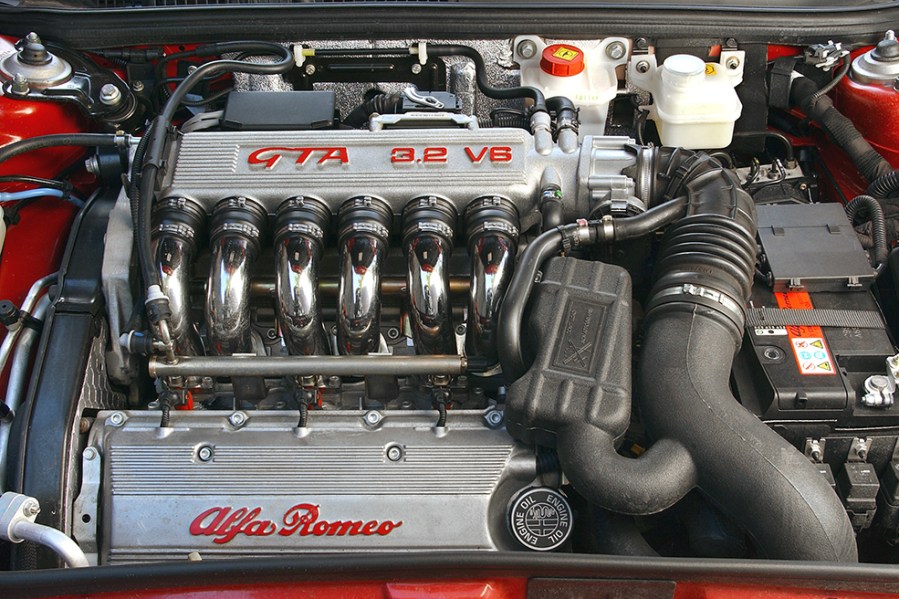
Suspension, steering and brakes
Suspension-wise it’s really just a case of checking a potential purchase for the usual signs of wear and neglect. Tired dampers and worn bushes are the obvious areas, so if the handling feels soggy budget for an overhaul. A creak that seems to emanate from behind the dashboard is likely to be the upper wishbone bushes which can need replacing at around 50,000 miles and OEM-quality parts are best.
The bushes for the front lower arms, rear suspension arms, hubs and anti-roll bars are further check points, and while replacements are inexpensive the labour cost will soon mount up if you’re not changing them yourself. A switch to polyurethane bushes is worth considering if you value sharper handling and check for any other suspension upgrades, too.
Normal wear aside there’s nothing to worry about with the brakes and replacement parts are cheap (£150 or so for quality discs and pads, but more for a GTA) but ensure the ABS system is behaving and look for any major corrosion on the brake pipes. Power steering pipes can also corrode so check for fluid leaks. Corroded and kerb-damaged alloys and skinflint owners opting for cheap tyres are other issues to consider.
With around 250bhp going through the front wheels it’s no surprise that GTA models can munch through tyres, and it’s also worth a check for uneven wear that points to suspension alignment having gone awry.
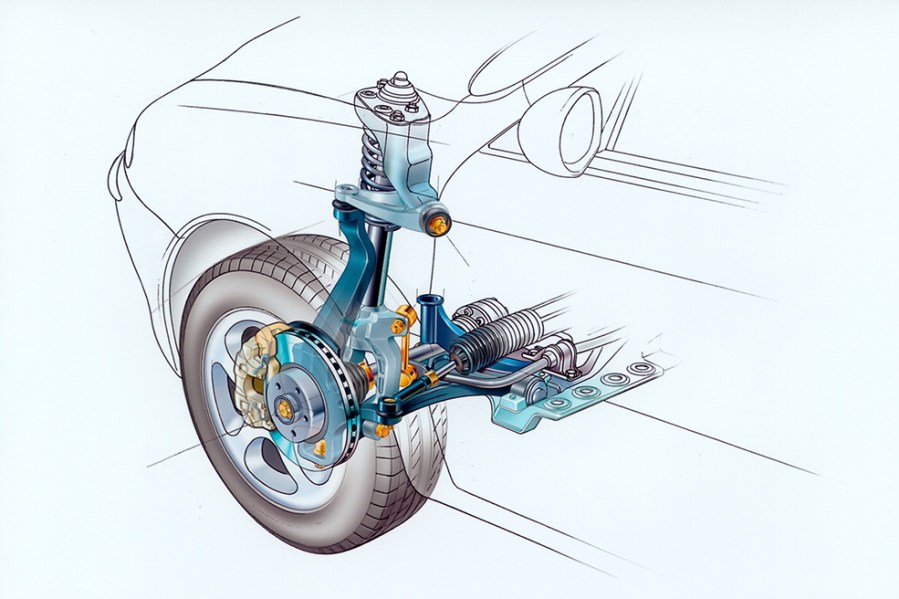
Interior, trim and electrics
Interior build and material quality was decent enough when the 147 was new, but abuse and high mileages will have taken their toll. Some wear on the seat bolsters and the odd trim rattle are to be expected but anything excessively shabby just isn’t worth the bother.
As for the electrical side of things the usual clichés about Italian cars needn’t be a concern here, although it naturally makes sense to ensure that everything works as it should.
Problems are likely to be the sort of niggles that can affect any car of this age, and with plenty of specialists and a good supply of second-hand parts you’re unlikely to encounter anything insurmountable. Poor connections can cause problems with the rear light clusters, but it’s not all that common.
One last point worth mentioning is the health of the battery as a failing item can cause all sorts of seemingly unrelated electrical faults, so check there first before assuming the worst.
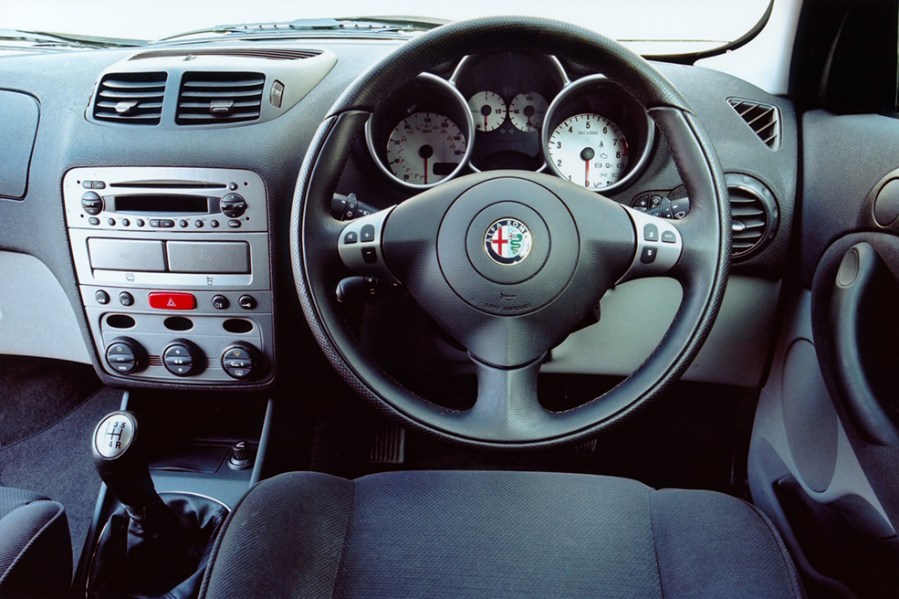
Alfa Romeo 147: our verdict
With numbers declining but prices remaining sensible, now’s a great time to buy Alfa’s fizzy hatchback.
There’s not a massive choice of 147s for sale at any one time, and it’s worth checking with owners’ clubs if you’re struggling to find your ideal example. Price-wise, £1500 bags a decent, usable 1.6 Twin Spark that you can improve as you go while upping the budget to £2000–2500 gets you a 2007 Twin Spark or diesel with around 85k miles.
Unless it’s something exceptional £3000 is really the upper limit for non-GTA models. Prices of those have been on the rise, so expect to pay £10,000–12,000 for something nice with the best topping out at around £16,000. If your heart is set on a 147 then you might have to be patient in finding the one you really want, but bag a good one and the search will be worth it.

